DNA Magazine, an Australian magazine for gay men, released their highly anticipated annual "Sexiest Men Alive" issue. The issue contains a list of 47 men, gay and straight, from various professional backgrounds including modeling, adult entertainment and acting. According to DNA magazine, the sexiest men alive include Chris Hemsworth, One Direction and YouTube sensation Bryan Hawn. What's missing from DNA’s extensive list? Men of color.
According to DNA’s list 80 percent of the sexiest men alive are white. Of the 47 men who made the list, 38 of them are white. The list included four Latino, two Asian, and two black men, as well as one of Indian decent. Although these men are of color, they have noticeably light skin. In addition, the list lacks trans men.
Are men of color not sexy? The issue with excluding men of color, and trans men, goes beyond DNA Magazine. Often, queer male beauty is defined as white, cis and gay. Gay media puts good looking, white gay men are on a pedestal and everyone else is compared to those standards. Most gay publications feature white men in stock images, thirsty listicles and in the queer activists they highlight.
No Blacks. No Asians. No Hispanics. Queer men of color find distinct racism under white queer men's "preference." As Aaron Talley wrote in The Advocate, black men are concurrently found "romantically undesirable yet fetishized with the myth of the "big black cock." similarly, Asian and Latino men are dismissed with racially charged language (see: "no rice no spice") and found sexually incompatible due to their ethnicity. Are lists like DNA Sexiest Men Alive responsible for this discrimination?
There are more non-white LGBT people than white. According a 2012 gallup poll, 4.6 percent of the Black community, 4.0 percent of Hispanic people, and 4.3 percent of Asians identify as LGBT compared to 3.2 percent of white Americans. Although, DNA Magazine is an Australian publication, about half of the honorees are American. The overwhelming white representation in all aspects of LGBT media is not an accurate representation of the community.
It's not just about accurate representation. Queer people of color want to see our stories authentically portrayed in mainstream narratives. As Vox writer Alex Abad-Santos noted, most LGBT stories Hollywood shares are of white gay men. "There's nothing wrong with gay, white, male television characters," Abad-Santos said. "The problem arises when that becomes the only example of gay life that we see."
The problems arise when queer people of color don't find stories that correlate with their own experience. It infers that their stories aren't worth hearing. Especially when queer youth of color look for stories that resonate with their lives. When you have a single narrative (especially one that, in comparison to the rest of the LGBT community, is privileged), you miss the experiences queer people of color.
Indeed, Hollywood hasn't improved much in terms of racial, sexual and gender diversity in the portrayals of LGBT stories. But, it's not just Hollywood isn't the only facet of media that needs improvement. Queer media has a responsibility to cater to everyone in the LGBT community.
DNA Magazine's list may seem like trivial fun, but it says a lot about what those who curate the list consider "hot." Beauty comes in all sizes, genders, ethnicities and sexualities. It's important to keep queer media honest in the representation of LGBTs. Even when it's just a list of hot guys.


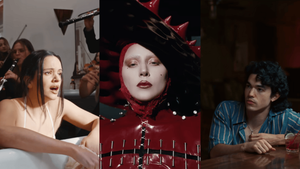

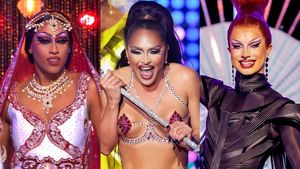
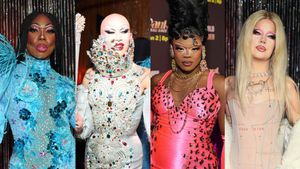









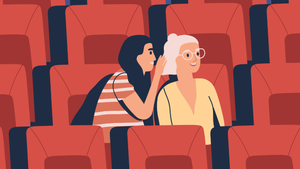












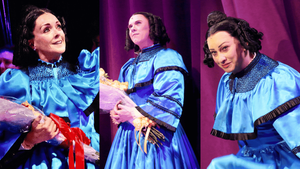

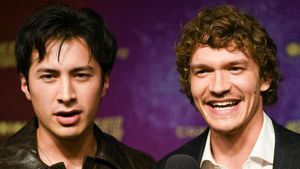











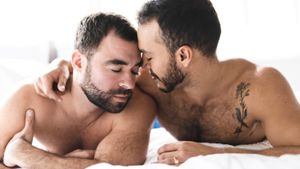

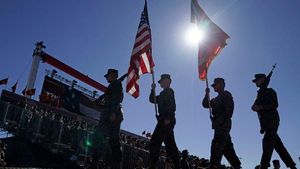







































 Temptation Sundays in Las Vegas.MGM Resorts International
Temptation Sundays in Las Vegas.MGM Resorts International









